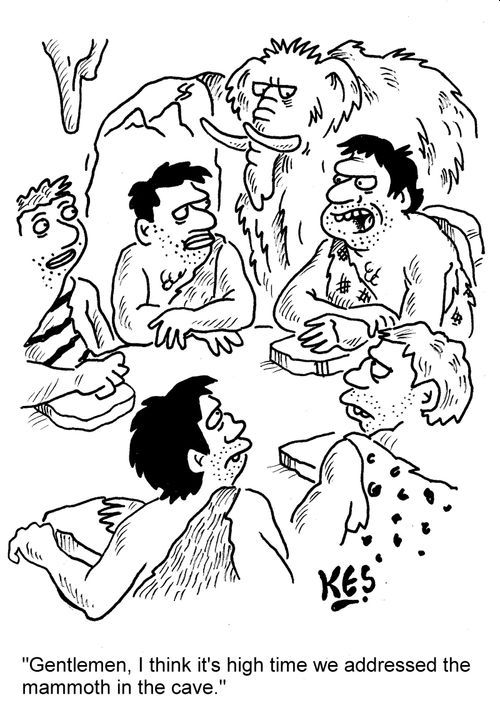मला अलीकडे आर के नारायण यांच्या गाईड मध्ये आणि जी ए कुलकर्णी यांच्या स्वामी मध्ये साम्य वाटू लागले आहे...
गाईड, १९६५ या सिनेमातील शैलेंद्र यांनी लिहलेले आणि एस डी बर्मन यांनी गायलेले अप्रतिम गीत पहा...
"वहाँ कौन है तेरा/ मुसाफिर जाएगा कहाँ /दम ले ले घड़ी भर /ये छइयाँ पाएगा कहाँ/ वहाँ कौन है तेरा / मुसाफिर जाएगा कहाँ/ वहाँ कौन है तेरा...
बीत गये दिन, प्यार के पलछिन/ सपना बनी वो रातें / भूल गये वो, तू भी भुला दे/ प्यार की वो मुलाक़ातें - २
सब दूर अन्धेरा, मुसाफ़िर जायेगा कहाँ ...
कोइ भी तेरी, राह न देखे/ नैन बिछाये ना कोई/ दर्द से तेरे, कोई न तड़पा/ आँख किसी की ना रोयी - २
कहे किसको तू मेरा, मुसाफ़िर जायेगा कहाँ ..."
हे आपल्याला तुरुंगात अचानक अडकलेल्या स्वामीच्या मनात आलेल्या विचारांची आठवण करून देतात...
"...Raju asked, “Now you have heard me fully?” like a lawyer who has a misgiving that the judge has been woolgathering.
“Yes, Swami.”
Raju was taken aback at still being addressed as “Swami.” “What do you think of it?”
Velan looked quite pained at having to answer such a question. “I don’t know why you tell me all this, Swami. It’s very kind of you to address at such length your humble servant.”
Every respectful word that this man employed pierced Raju
like a shaft. “He will not leave me alone,” Raju thought with resignation.
“This man will finish me before I know where I am.”..."
वरच्या परिच्छेदात पहा, तो मठातील तळघरात नसेल, पण राजू स्वामी बनत चालला आहे, राजुला त्याचा काय शेवट होणार आहे याची कल्पना नाही, पण आपल्याला आहे आणि आपल्याला त्याचे 'स्वामीकरण' स्पष्ट दिसत आहे...
त्यापुढील काळात राजूची मनस्थिती काहीकाळ स्वामी सारखीच आहे पण पोटभर जेवण मिळत असलेल्या स्वामी ची तडफड शेवटच्या क्षणापर्यंत आहे पण राजू मात्र काही काळात वेगळ्या प्रकारचा स्वामी झाला आहे, त्याला उपोषणामुळे येऊ घातलेल्या मृत्यूसाठी अफूची गरज नाहीये, त्याला मनःशांती कदाचित मिळाली आहे,...
"...
“How long have you been without food now?”
“Ten days.”
“Do you feel weak?”
“Yes.”
“When will you break your fast?”
“Twelfth day.”
“Do you expect to have the rains by then?”
“Why not?”
“Can fasting abolish all wars and bring world peace?”
“Yes.”
“Do you champion fasting for everyone?”
“Yes.”..."
विजय आनंद दिग्दर्शित गाईड चित्रपटात देव आनंद आणि वहिदा रेहमान







,%20for%20the%20German%20translation%20of%201984,%20by%20George%20Orwell.jpg)